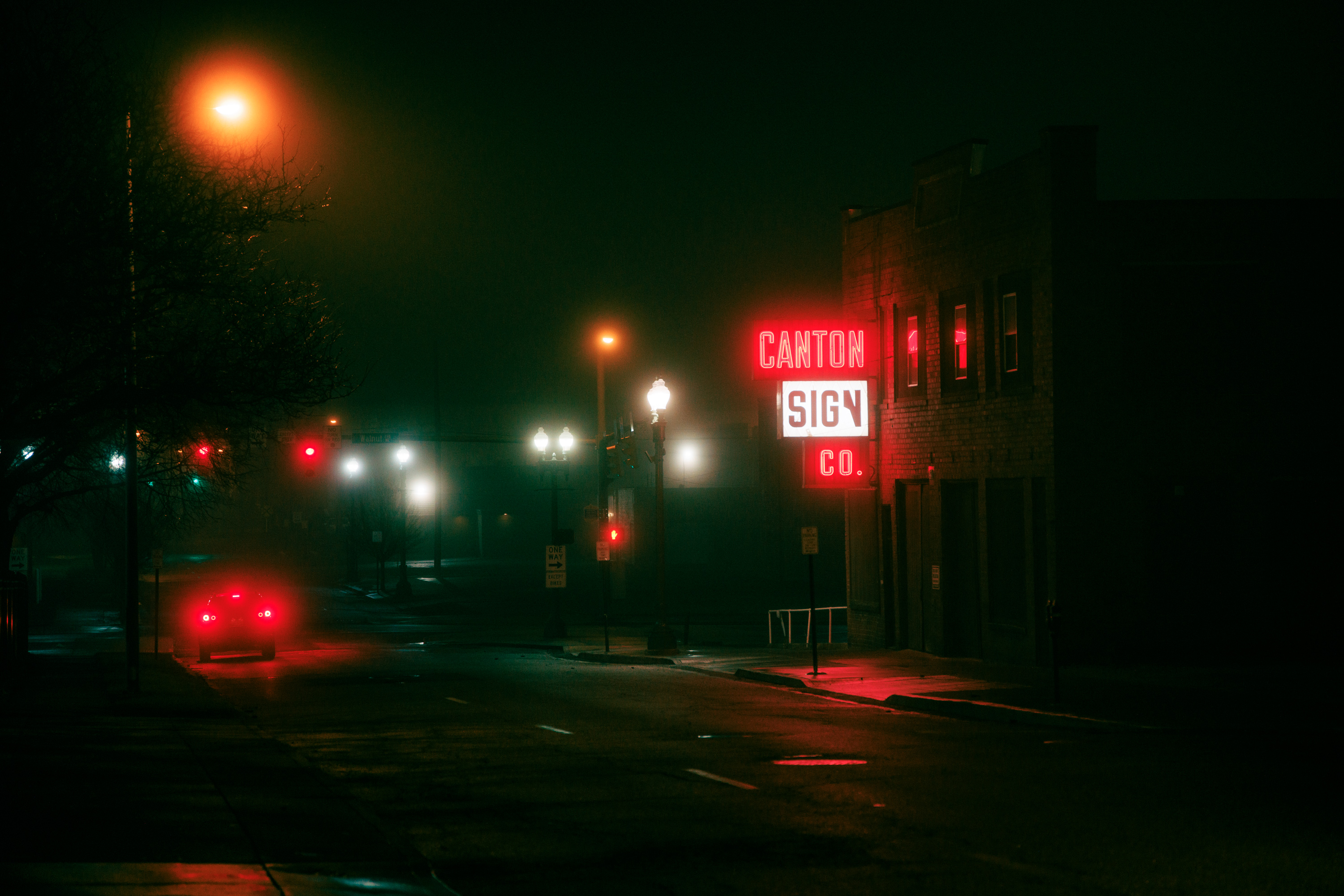How to Stay Safe as a Street Photographer: Essential Tips for Protecting Yourself and Your Gear
Street photography is a thrilling way to capture raw, unscripted moments of life in urban environments. But, as with any form of photography that involves traveling through public spaces and often interacting with strangers, there are certain risks. Whether you’re photographing a busy city street, a local market, or an urban alleyway, it’s crucial to stay vigilant, organized, and aware of your surroundings.
In this post, we’ll go over practical tips for staying safe as a street photographer—tips that will help you minimize risk, protect your equipment, and make your experience more enjoyable.
1. Be Organized: Stay in Control, Reduce Your Risk Profile
One of the simplest, yet most powerful, ways to stay safe on the streets is to maintain a sense of organization and purpose. When you look and act organized, criminals are less likely to target you. This may sound intuitive, but it’s actually a strategy that’s often mentioned in high-risk environments, like the military. Former Navy SEAL Jocko Willink emphasizes on his YouTube channel that “being organized is a no-brainer.” When you’re organized, you appear to be in control of your environment—and when people sense you’re in control, they tend to avoid you.
Organizing your gear, having a clear idea of where you’re going, and knowing what you’re doing will reduce your “threat profile.” This means you won’t look like an easy target for a pickpocket or criminal who is assessing their potential risk versus reward. If you seem organized and aware, you’re less likely to draw unwanted attention.
2. Be Confident: Own Your Space
Confidence is key when navigating the streets with your camera gear. Criminals and opportunistic thieves are more likely to target individuals who appear unsure or distracted. On the other hand, someone who walks with purpose, holds their head high, and moves confidently is less likely to attract attention from people looking for easy targets.
To project confidence, focus on body language. Stand tall with your shoulders back and head up—don’t slouch or fumble with your camera gear in a way that looks uncertain or distracted. Make eye contact with people around you when necessary (but not in a confrontational way). By walking with purpose and owning your space, you’ll be sending a subtle signal that you are not someone who is easily intimidated or distracted.
3. Eye Contact: Stay Aware of Your Surroundings
A major part of staying safe is being aware of who and what is around you. One way to signal to others that you are aware of your surroundings is through eye contact. If someone is walking close to you, glance at them for a brief moment to acknowledge their presence. Not only will this let them know that you’ve noticed them, but it also signals that you are paying attention to your environment—something that potential criminals will pick up on.
It’s important to keep scanning your surroundings regularly—look for patterns, watch for people who seem out of place, and be mindful of individuals who are lingering or moving erratically. Your awareness will make it harder for you to be caught off guard, and it sends a message to anyone with bad intentions that you’re not an easy target.
4. Don’t Look Like a Tourist: Avoid Flashing Expensive Gear
One of the most common mistakes street photographers make is looking like they’re carrying thousands of dollars’ worth of gear in an obvious, flashy way. When you’re out shooting on the street, your camera bag should not be a sign of wealth or a target for thieves.
To avoid this, ditch the traditional camera bag and opt for something that blends in better. A regular-looking backpack is a much safer option—it can fit your gear without drawing attention, and you can buy affordable camera bag inserts for under $20 on Amazon that will keep your gear safe and organized inside. This way, you avoid the tell-tale signs of someone carrying around expensive photography equipment, making you a less appealing target for anyone watching.
5. Recon New Areas: Use Google Maps to Plan Ahead
Before heading out to shoot in an unfamiliar area, take a few minutes to research the location. Google Maps is an invaluable tool for street photographers, helping you get a sense of the neighborhood, surrounding areas, and any potential trouble spots. Check out reviews of the area and even look for street-view photos to get a better understanding of what to expect.
Additionally, you can use Google Maps to create a plan for where to go and where to avoid. Are there certain parts of the neighborhood known for higher crime rates? Are there less trafficked areas where you might be isolated and vulnerable? By doing your due diligence and scouting the area before you go, you can make more informed decisions on where to shoot and stay out of potentially risky situations.
Final Thoughts: Staying Safe Equals Better Photography
While street photography can be a rewarding and inspiring creative pursuit, safety should always come first. By being organized, confident, aware, and planning ahead, you can reduce the risk of danger and keep yourself—and your gear—safe.
Remember: You don’t need to be paranoid, but you do need to be smart. Confidence, awareness, and a little foresight can go a long way in making sure your street photography experience is both safe and enjoyable.
Finally, here’s a great video clip from Jacko Willink’s podcast covering many of these topics.
Now, get out there and get your feet in the street.


